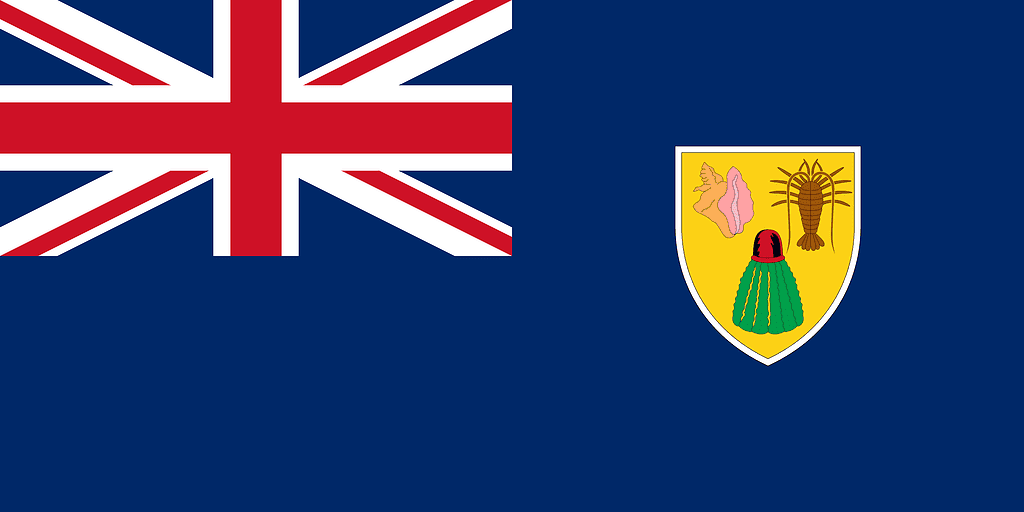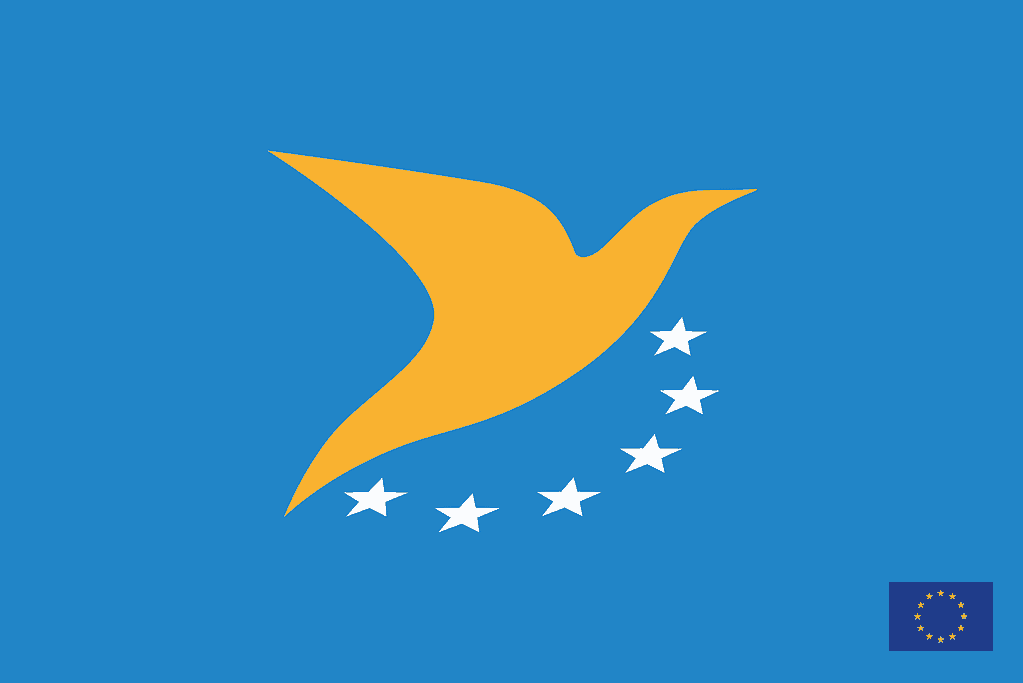Summary of Drone Laws in the Turks and Caicos Islands
Hobbyist Drone Laws For Residents of Turks and Caicos Islands
Drone Operations in the Turks and Caicos Islands are currently regulated.
- Hobbyist drone flights are allowed in the Turks and Caicos Islands
- Hobbyist drone pilot license is not required except for certain operations
- Hobbyist Drone registration is required in the Turks and Caicos Islands for hobbyists flying over 250g or drones with a camera
- Drone Remote ID is not required in the Turks and Caicos Islands for hobbyists
- Drone Insurance is not required but recommended for hobbyists’ drone operations in the Turks and Caicos Islands
Read below for more details on Hobbyist Drone Laws in the Turks and Caicos Islands and to find links to regulators and other credible sources!
Commercial Drone Laws For Residents of the Turks and Caicos Islands
Drone Operations in the Turks and Caicos Islands are currently regulated.
- Commercial drone flights are allowed in the Turks and Caicos Islands
- A commercial drone pilot license is required
- Commercial Drone registration is required in the Turks and Caicos Islands for commercial drone operators
- Drone Remote ID is not required in the Turks and Caicos Islands for Commercial Drone Operators
- Drone Insurance is required for commercial drone operations in the Turks and Caicos Islands
Read below for more details on Commercial Drone Laws in the Turks and Caicos Islands and to find links to regulators and other credible sources!
Drone Laws For Visitors To the Turks and Caicos Islands
Drone Operations in the Turks and Caicos Islands are currently regulated.
- Foreign visitor drone flights are allowed in the Turks and Caicos Islands
- Foreign visitor drone pilot license is required
- Drone registration is required in the Turks and Caicos Islands for visitors/tourists
- Drone Remote ID is not required in the Turks and Caicos Islands for tourists
- Drone Insurance is required but recommended for tourist drone operations in the Turks and Caicos Islands
Read below for more details on Drone Laws in the Turks and Caicos Islands for Visitors (Tourists) and to find links to regulators and other credible sources!
Drone Laws For Government Drone Operators in the Turks and Caicos Islands
Drone Operations in the Turks and Caicos Islands are currently regulated.
- Government drone flights are allowed in the Turks and Caicos Islands
- Government drone pilot license is required
- Drone registration is required in the Turks and Caicos Islands for Government operations
- Drone Remote ID is not required in the Turks and Caicos Islands for Government operations
- Drone Insurance is not required for Government drone operations in the Turks and Caicos Islands
Read below for more details on Drone Laws in the Turks and Caicos Islands for Government Drone Operations and to find links to regulators and other credible sources!
Agencies Responsible for regulating drones in the Turks and Caicos Islands
The Turks and Caicos Islands are overseas territories of the United Kingdom. Turks and Caicos Islands follows UK Overseas Territories Drone Rules.
Drone Regulator in The United Kingdom: Civil Aviation Authority of The United Kingdom
Authority in Turks and Caicos Islands: Turks & Caicos Islands Civil Aviation Authority (TCICAA)
Contact Information
If you need additional details we have not covered or specific case help, contact Turks & Caicos Islands Civil Aviation Authority (TCICAA) at:
- Address: Turks & Caicos Islands Civil Aviation Authority (TCICAA), PO Box 168, Hibiscus Square, Grand Turk, Turks and Caicos Islands
- Phone: + 1 649 946 2137
- Fax: + 1 649 946 1185
- Email: https://tcicaa.org/contact
Please continue reading for more details on the Turks and Caicos Islands Drone Laws.
Drone Laws of UK Overseas Territories – General rules for flying drones in the Turks and Caicos Islands
The agency responsible for drone safety, TCICAA, has provided details on flying for fun or work. We outline the highlights below. For more details, click on the link above.
Are drones allowed in the Turks and Caicos Islands?
Rules to follow when flying a drone in the Turks and Caicos Islands
The laws for flying small drones (under 25kg) are made to keep everyone safe. If your drone is heavier than 25kg, it’s treated like an airplane, and different rules apply. When flying a drone, you must:
- Keep it where you can see it without help to avoid accidents.
- Never fly it in a way that could be dangerous to people or things.
- Don’t drop anything from your drone that could cause harm.
You can’t fly your drone:
- Out of your sight.
- Higher than 400 feet above the ground.
- For paid work (like taking photos) without permission.
- Near many people (more than 400), close to someone (within 150 feet), or near vehicles and buildings not under your control.
- Inside the boundaries of an airport.
If you’re flying a drone for work, you need to:
- Be sure it’s safe to fly.
- Remember, being careless or risky is against the law.
- Have a guide on how to do your job safely if you have permission for aerial work.
- Have insurance for flying drones for work.
If there are specific Permissions required for the planned operation, these include:
- Under Article 73(4)(b): Permission to conduct Aerial Work (commercial operations)
- Under Article 73(3): Permission for Beyond Visual Line of Sight (BVLOS) operations
- Under Articles 73(4)(a), (c), (d), (e): Permission for operating at reduced distances from persons, vehicles, vessels or structures
- Under Articles 73(4)(a): Permission to operate at a height of more than 400 feet above the surface
- Under Article 73(4)(f): Permission to operate within the boundary of an aerodrome
Then you must apply to TCICAA using the form here: Application for Operation of a Small Unmanned Aircraft in UK Overseas Territories Airspace
The TCICAA can make special rules or stop drones from flying in certain areas.
Operational Guidance for the Use of Small Unmanned Aircraft in the Turks and Caicos Islands
Visual Line of Sight (VLOS)
Flying drones with a clear line of sight means you must see your drone and its surroundings when it’s flying. This helps avoid crashes. You can use glasses, but not binoculars or telescopes. The drone must stay within your eyesight. Normally, if you can see your drone within 500 meters, it’s okay. But for smaller drones, they should be closer.
Operating Height
The maximum flying height is 400 feet above the ground. This keeps drones away from airplanes, which usually fly higher. The height is measured from the ground right below the drone, so it changes over hills or cliffs.
VLOS Operations at Night
Flying drones at night is allowed if you can still see them. You’ll need to include night flying rules in your operations manual, like checking the area in daylight, noting any hazards, and using proper lights on the drone and the take-off area.
Beyond Visual Line of Sight (BVLOS) Permission required
You need special permission and a good safety plan to fly beyond what you can see. This might include technology to avoid crashes, flying in an area where no other aircraft can go, or proving the flight is safe.
If you’re using extra people to help watch the drone, that’s also beyond normal sight flying, and you need permission for that, too. This method requires careful planning and communication with your team.
Uninvolved persons
When flying drones, it’s crucial to protect people who aren’t involved in the flight, like spectators or passersby.
People are considered involved if they’re there just for the drone operation, have agreed to be part of it and understand the risks and safety instructions.
The drone operator must ensure these involved people know what to do if something goes wrong.
For everyone else, keep a safe distance – at least 150 feet away from people, vehicles, and structures you don’t control.
Remember, safety comes first, and privacy matters, too. Don’t fly near buildings without permission, and respect local privacy laws.
If flying over private land, get permission and obey trespass laws.
Vehicles, vessels, structures
Remember, you can’t fly close to people, cars, boats, or buildings unless you control them. You must also consider privacy and security around buildings and get permission to fly over private land.
First Person View
You can’t rely on this video alone when flying drones with a camera that shows live video on screens or goggles (known as First Person View or FPV).
You need a buddy who watches the actual drone to help avoid danger. This person, a Visual Observer, doesn’t need special training but should know the drone rules. They’ll watch for things like other aircraft, buildings, or people and tell you if you need to change direction or land right away.
Remember, you must not fly over people, stay clear of urban areas, and keep safe from vehicles, structures, or people. Also, your drone shouldn’t fly over 400 feet above the ground.
Notes for recreational drone pilots flying for fun in the Turks and Caicos Islands
See the general rules listed above. Go to the TCICAA site specifically addressing recreation drone use.
Notes for operating Commercial Drone Services in the Turks and Caicos Islands
See the general rules listed above. Go to the TCICAA site specifically addressing recreation drone use.
Useful published information on flying drones in the Turks and Caicos Islands
Here is an example of the view when flying over the Turks and Caicos Islands…
Authoritative Sources of Information on the Turks and Caicos Islands Drone Laws
We will attempt to keep an updated list of online authoritative links to regulators and other official websites here:
- Drone Regulator Website: Turks & Caicos Islands Civil Aviation Authority (TCICAA)
- Link To SUAS Laws: Air Safety Support International (ASSI)
- No Fly Zone Maps/Locations: N/A
- UAV Registration Site: N/A
- Drone Operator Licensing Site: N/A
- Others: Apply for your operational authorization
NOTE: This page is about the Regulation of Unmanned Aerial Vehicles: Small Unmanned Aerial Systems (SUAS), Small UAS, Remote Piloted Aerial Systems (RPAS), unmanned aerial vehicle (UAV), Unmanned Aerial System (UAS), and drone are interchangeable terms unless specified. Model Aircraft, toy, remote-controlled, and RC aircraft may be covered by the same regulations unless specified.
Find out why
We think you must use a Drone Preflight Checklist
And a Drone Post-flight checklist
Free Drone Flight Checklist PDF
This Drone Flight Checklist is better than others.
It’s free!
It includes both the preflight checklist and post-flight checklist
It’s an easy-to-use printable PDF that covers all your bases.
Traveling with a Drone?
Click here to read our Comprehensive Guide For Traveling With A Drone.
NOW IT’S YOUR TURN




Leave a Comment